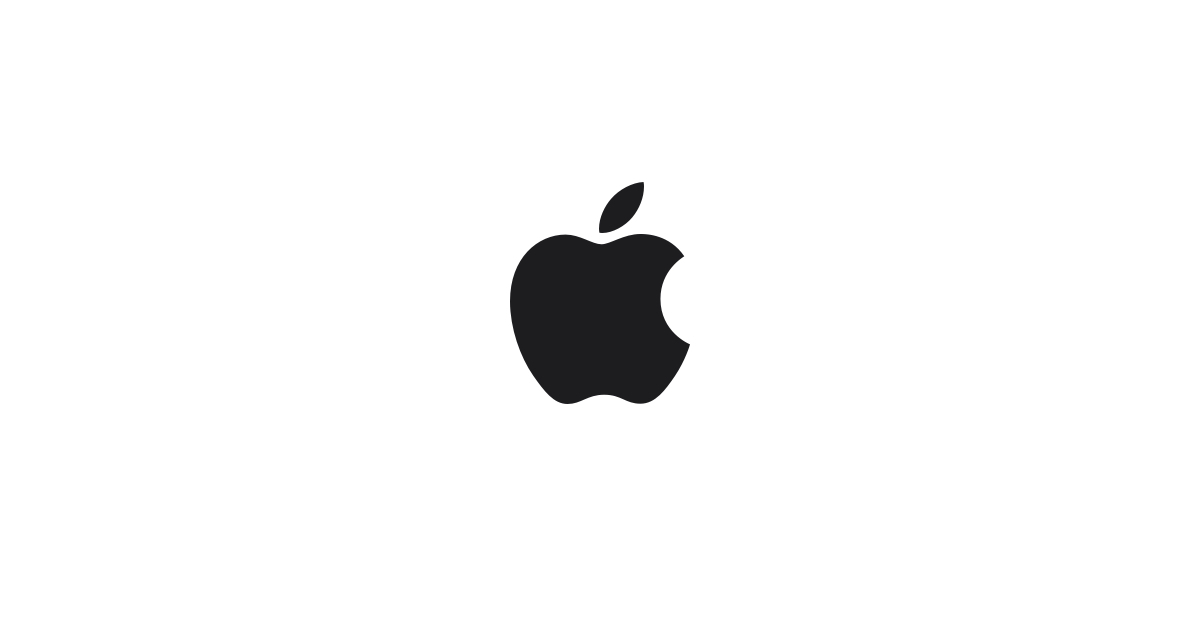Latest Thoughts
-
🧠 Tesla lays off Supercharger team
Man, this is the dumbest decision I’ve seen.
I test-drove many EVs before deciding on getting a Tesla Model 3, and the deciding factor was unquestionably the supercharger network. It is the best in the US and a huge differentiator for Tesla.
Even if the supercharger network diverted resources from the company’s core goals, there were better alternatives. Selling or, better yet, spinning off as a JV could have preserved the invaluable institutional knowledge of the 500-person team.
Keep in mind that this is the same team that just convinced every US car maker to make NACS the Tesla Charging standard the de facto US standard. In doing that, they opened the company to receive cash from Biden’s NEVI program. They’re getting free cash from us and the US government to expand this network.
If you see something I’m missing, please let me know in the comments, but this single move seems like the best way to destroy one of the company’s best competitive advantages.
-
Tic Tak Yo
To play the game, tap the text below that says Play Now, and enjoy!
Fully AI-generated MVP from this sketch I did of an MVP application.

-
📺 Thoughts on Tech & Things New AI Album
Be sure to check out the full album on Soundcloud!
-
🧠 Anthropic Drops Claude 3
Anthropic has just released a set of improved AI models, the Claude 3 family. As a long-time fan of Claude, I couldn’t be more excited to kick the tires and see how it compares with OpenAI’s ChatGPT 4. Anthropic claims that Claude 3 is just as good as, if not better than, its rival ChatGPT 4. Of course, marketing speak is one thing, and the real proof is always in the pudding.
I’m eager to put the Claude 3 family through its paces and taste test this latest offering from Anthropic. Claude has been my favorite AI model for a while now, consistently impressing me with its performance and capabilities.
 Introducing the next generation of ClaudeToday, we’re announcing the Claude 3 model family, which sets new industry benchmarks across a wide range of cognitive tasks. The family includes three state-of-the-art models in ascending order of capability: Claude 3 Haiku, Claude 3 Sonnet, and Claude 3 Opus.
Introducing the next generation of ClaudeToday, we’re announcing the Claude 3 model family, which sets new industry benchmarks across a wide range of cognitive tasks. The family includes three state-of-the-art models in ascending order of capability: Claude 3 Haiku, Claude 3 Sonnet, and Claude 3 Opus. -
🧠 Apple responds to the EU and Spotify
Apple’s pissed. The closest thing I can remember to this is Steve Jobs’ open letter “Thoughts on Music” in 2007 – but this, this is something very different. You can feel and hear the tone of Apple and tell how upset they are about not only the 2 billion euro fine but also their continued battle with regulators in the EU.
At the heart of their argument is that Apple provided the hardware, software, and services that helped companies like Spotify become what they are. Yet, Spotify does not pay Apple for the use of most of the services they use to deliver a product on their platform. It’s true and really leans into the larger question of how much Apple or any company can squeeze value from their platform.
I know it’s a different business, but lately, I’ve come to think of the App Store as similar to credit cards. Credit card companies charge a fee, ironically named a discount, to retailers per transaction. Still, to most customers, the privileges of using a card are not only free but sometimes rewarded with discounts, points, or other benefits. Similarly, developers pay Apple to be in the App Store and pay fees on their sales, which Apple uses to provide its customers with a growing set of subsidized services like free operating system upgrades to the latest version of the iPhone. For Apple, what’s at stake is how they monetize the App Store and the iPhone, iPad, and other devices to provide other services we as customers see as free – like points on a credit card.
Of course, what makes this tough is that Apple Music competes with Spotify, and for Spotify to pay its competitor a 30% cut of its subscription payments makes it hard to compete directly on price. I think the question is not just about how Apple makes money from the App Store but also how owning the App Store allows it to prop up its other business interests, like Apple TV+ and Apple Music that can compete in the same stores as its competitors but without the cost burden.


